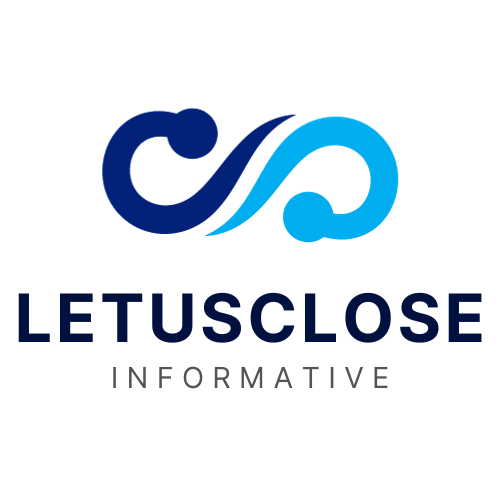The quickly developing landscape of the solar lithium batteries market is noted by substantial developments and payments from brand-new energy enterprises, especially EVE Lithium Energy, which has actually emerged as a famous gamer in the lithium market. Unlike their predecessors, nickel-metal hydride (NiMH) batteries, which endure from reduced energy density and greater self-discharge prices, lithium-ion batteries offer countless advantages, consisting of a longer lifespan and faster billing capabilities.
Round cells, which consist of standard AA batteries and even more powerful variations like the 18650 NMC (Nickel Manganese Cobalt) and 18650 LFP (Lithium Iron Phosphate) batteries, are integral to a wide range of devices, from customer electronic devices to industrial devices. The round form of these batteries also enables for efficient setup in battery packs, improving their utility in applications such as outdoor power products and electrical lorries.
An additional significant classification is the non-rechargeable lithium batteries, consisting of the CR2 cyndrical tube battery and the 3V switch battery, which are typically used in devices that require a stable and long-lasting source of power, such as electronic cameras and clinical tools. These batteries supply a reliable alternative to traditional alkaline batteries, with higher power density and a longer life span. The 1.5 V rechargeable batteries supply a sustainable option for everyday gizmos, providing the benefit of reusability while preserving consistent efficiency.
In the context of energy storage space systems, deep cycle batteries, such as the LiFePO4 (Lithium Iron Phosphate) round cell and prismatic battery configurations, play an important function. These batteries are created for applications that call for a steady and continual energy supply, such as powering various electric systems in property and commercial setups.
The transition from rotating present (A/C) to route present (DC) systems in renewable energy arrangements has also been assisted in by improvements in lithium battery technology. The capacity of lithium batteries to successfully save and launch power in DC create straightens flawlessly with the requirements of solar energy systems, where power generated by solar panels needs to be kept in batteries prior to being transformed to a/c for home usage. This seamless combination of lithium batteries right into air conditioner and DC systems highlights their convenience and relevance in the modern-day power landscape.
When taking into unit of capacity of capability for batteries, it is vital to keep in mind that it is generally determined in ampere-hours (Ah), which suggests the amount of current a battery can supply over a given duration. This statistics is critical when evaluating the performance of batteries in different applications, such as the maximum amperage that a battery can supply, which is important for high-demand devices. Setting up a multimeter to inspect the maximum amperage and various other criteria of lithium-ion and NiMH batteries is a conventional practice in guaranteeing their ideal performance and security.
Well balanced billing and identical equalization circuits are likewise essential for preserving the wellness and long life of lithium batteries. These technologies make certain that all cells within a battery pack cost and discharge evenly, avoiding overcharging or deep discharging, which can considerably lower the life expectancy of the battery. The 14500 battery, a smaller round cell comparable in size to AA batteries yet with a higher voltage and capacity, take advantage of such innovative billing methods, making it a reputable choice for high-performance applications.
Despite the countless benefits of lithium batteries, it is very important to acknowledge the negative aspects of NiMH batteries, which include their reduced energy thickness and greater self-discharge rate. These constraints make NiMH batteries less suitable for applications calling for high power outcome and long-lasting storage space. NiMH batteries still find use in scenarios where expense and safety and security are primary issues, provided their relatively reduced rate and decreased risk of thermal runaway contrasted to lithium-ion batteries.
In conclusion, the solar lithium batteries market is experiencing a dynamic shift, driven by technological improvements and the boosting demand for effective power storage solutions. The contributions of brand-new power business like EVE Lithium Energy are pivotal fit the future of the lithium market. As we remain to accept renewable resource resources, the function of lithium batteries in offering reputable and lasting power can not be overemphasized. From powering little electronic tools to supporting large-scale energy storage systems, the diverse series of lithium battery modern technologies, consisting of round cells, deep cycle batteries, and advanced charging mechanisms, are indispensable to meeting the power requirements of today and tomorrow.
